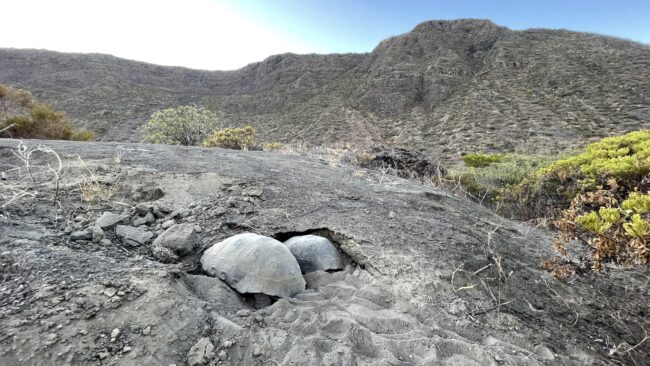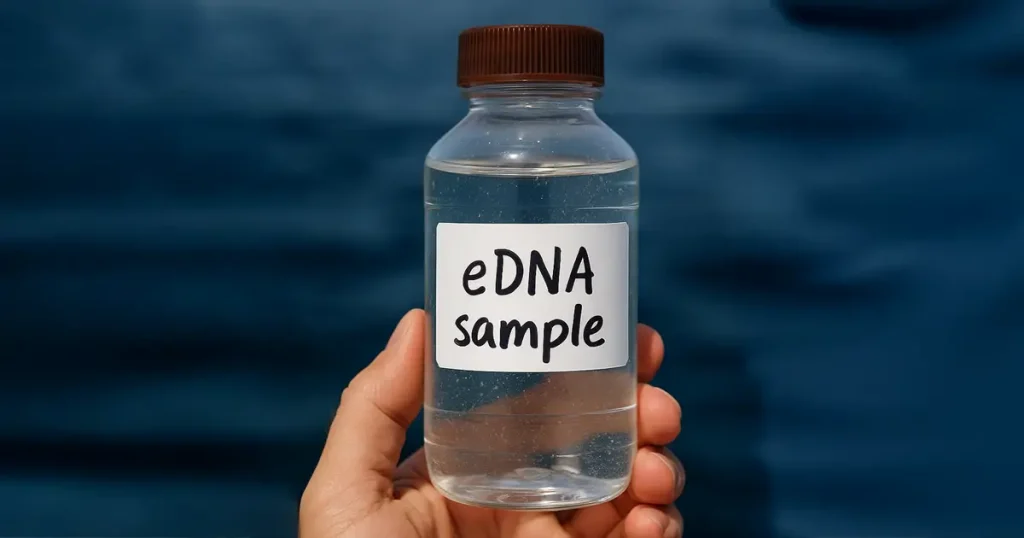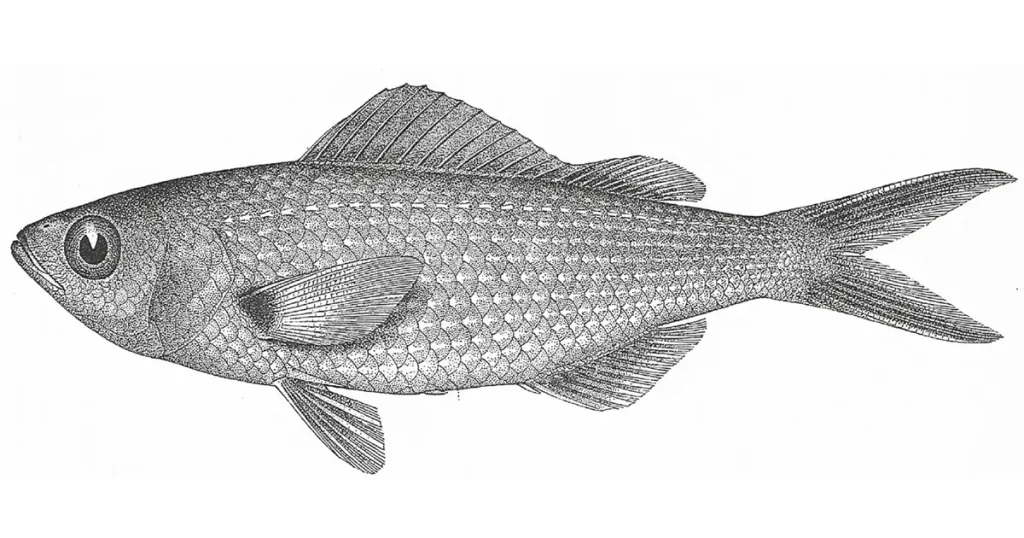Follow-up: 20 Tortoises Stranded on Wolf Volcano Plateau
by Wacho Tapia
Recently, we shared the fascinating story of the 20 Giant Tortoises living on a two-square-kilometer plateau within the crater of Wolf Volcano. Many years ago, natural erosion caused a section of the volcano to collapse, creating the plateau and confining the tortoises to this location that nature determined would be their home. Volcanic caldera or crater collapse is a common occurrence in Galápagos’ volcanoes, and the still-active Wolf Volcano has undergone multiple events of cyclic filling and collapse of its crater over the years.
While it may seem like a challenge for these tortoises to survive here, I can assure you they are not in distress or in need of rescue. Just as Giant Tortoise species across the Islands have developed survival capabilities specific to the environment on the island they populate, these 20 tortoises are part of a natural adaptation process unique to the plateau’s conditions.
All Giant Tortoise species can store food and water reserves in their bodies. These stores enable them to withstand long periods of scarcity during which they decrease their activity to slow their metabolism and survive on these reserves. This is only a part of what makes the Wolf Volcano Giant Tortoise (Chelonoidis becki) so incredibly resilient in the face of the extreme climate and volcanically active terrain they inhabit.
The unique but completely natural circumstances that led to this group of tortoises finding themselves within the crater of Wolf Volcano are simply a reality of survival in one of the most geographically dynamic ecosystems on Earth. This sub-population’s location does not necessitate removal or relocation, but instead offers a fascinating look into the evolutionary process of the Galápagos Archipelago’s most iconic species.

While this small group living on the plateau will remain physically separated from the main population, they are healthy and safe and have access to food and water. Additionally, I am encouraged that since young tortoises have been observed on the plateau, they are also reproducing in the wild. The team from Iniciativa Galápagos — our species rewilding program in partnership with Galápagos National Park Directorate — will continue to monitor this small sub-population inside of Wolf’s crater. This group of tortoises may also provide important insights into adaption in real time from inside a remote volcano crater.
As a conservation scientist, I am intrigued by this story, and I am eager to see how the evolution of this group progresses over time. I will keep you updated as we learn more.



